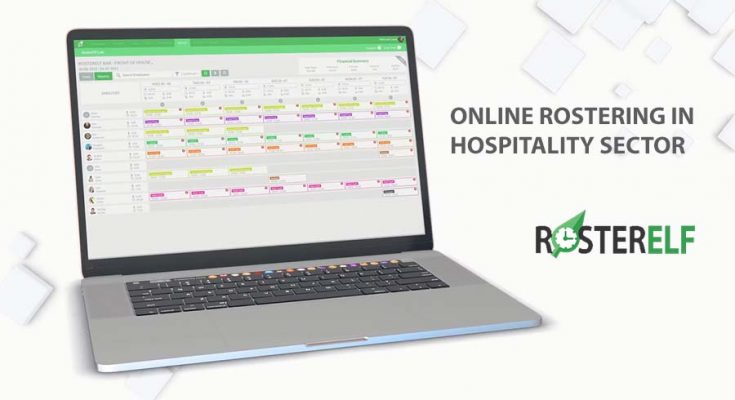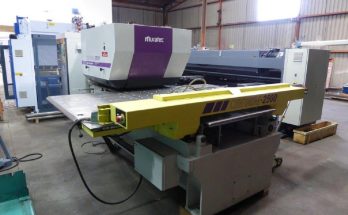Multiple shifts, typically with overlapping coverage, are prevalent in the hospitality industry. Scheduling can soon become a complicated issue as a result of these various alterations. Staff Rostering Software can help you streamline this procedure. It aids in the smooth operation of the system. Deal with scheduling issues, such as last-minute call-offs or late shifts, with ease. What is staff rostering software?
It’s effectively a one-stop-shop for all of your scheduling requirements. It can be used to create rosters, allocate shifts, and allow employees to change their availability, among other things.
Why Do Most Customers Prefer Automated Rostering?
Even for a small department with a dozen staff, creating a timetable might take hours. Consider how long it would take to schedule hundreds or thousands of employees. Staff rostering app makes life easier for everyone who deals with scheduling regularly. Most technologies, especially enterprise solutions, have this as their primary goal. The idea is to make the way you manage routine chores and operations easier. You’re employing software to improve the way you generate schedules in this example.
Cover Shifts with Open Shift Notifications
Open shifts are a common issue in the hospitality industry. Even if you meet your employees’ availability requirements, there will be some call-offs and no-shows. These unfilled shifts must be filled as soon as feasible.
Employees can easily volunteer for these shifts using staff rostering software. These open shifts will be advertised to workers. When there is a planned or unplanned absence, the system sends out a notification. Employees who have already hit their overtime limit can be filtered out of open shift alerts. This is another example of how this program can help you stay within your budget.
Employees can choose when they want to work
Allow your staff to choose when they want to work. Employees can customize the system by entering their preferences. They can choose their ideal working hours per week, days off, and other parameters. When creating a schedule, a supervisor might allocate jobs or plan shifts depending on this availability, as well as other considerations.
Employees are more accountable for their attendance when they have control over their availability. As a result, there are fewer absenteeism and late shifts. At the same time, this has the effect of raising morale. This is due to several factors. When employees arrive on online rostering for their shifts and do not call in sick, fewer people are needed to cover last-minute shifts. Everyone is delighted, and the major problem with a manual method is that open shifts are not covered.
More On It
When employees have control over their availability, they are more accountable for their attendance. As a result, absenteeism and late shifts are reduced. At the same time, this has a positive impact on morale. This is due to a variety of reasons. Fewer individuals are needed to cover last-minute shifts when employees come on time for their shifts and do not call in sick. Everyone is happy, and the main disadvantage of a manual system is that open shifts are not covered.




